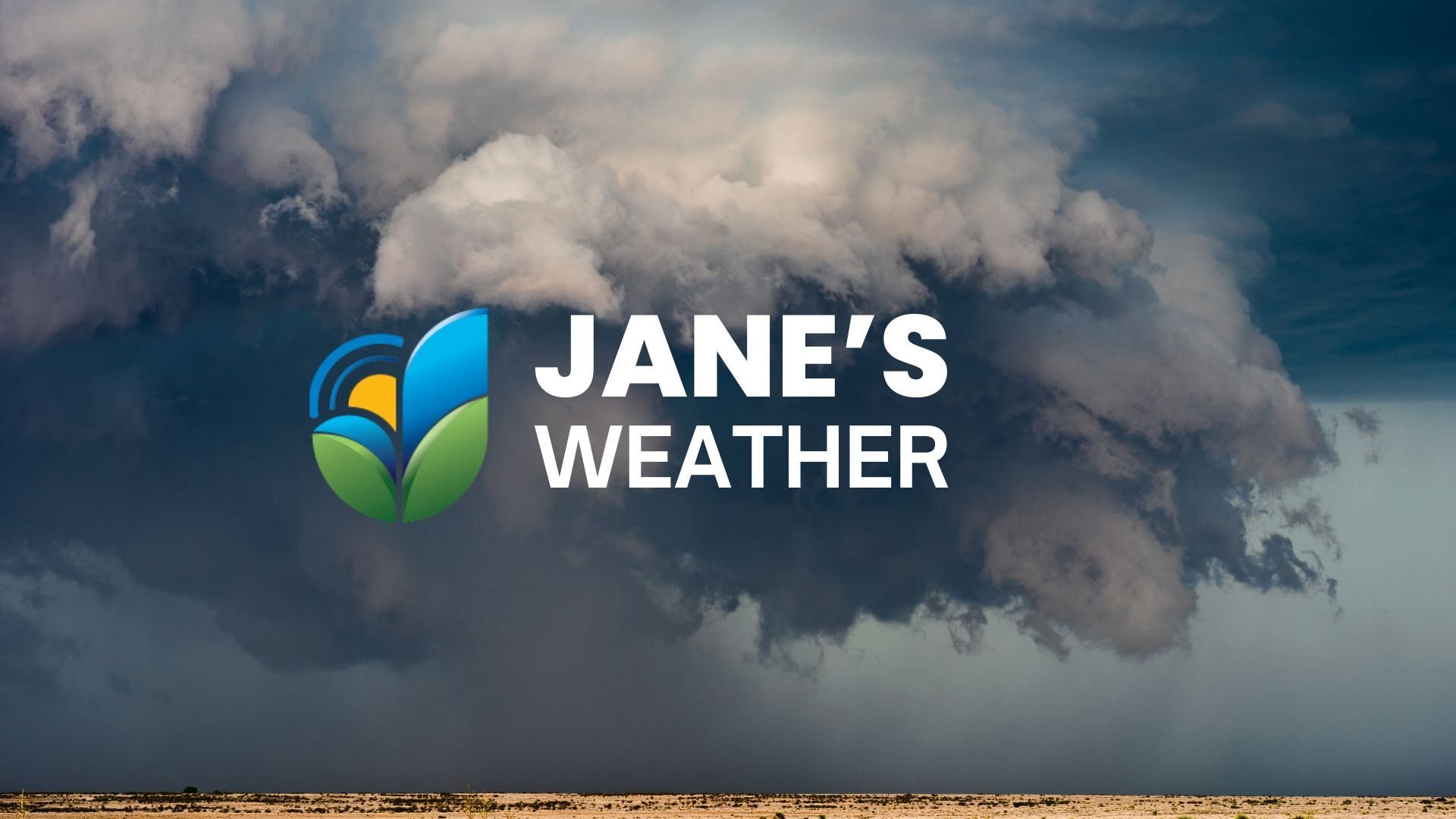
Mixed outlook as we head into Christmas
We have a brief burst of heat in the southeast, followed by showers and storms to the east of the trough which brings a cool change.
Read More >
We have a brief burst of heat in the southeast, followed by showers and storms to the east of the trough which brings a cool change.
Read More >
We've moved into a phase of weather with limited connection to tropical...

The leftover moisture from Cyclone Fina is meeting up with a trough over the...

We have Cyclone Fina in the Top End this weekend, great conditions for cricket...

Across Friday and the weekend we have a significant weather system affecting...

We have a long lasting, significant weather system brewing for next week.
Catch Up on the Latest Ag News
Jane Bunn - Jane's Weather: Dec 5, 2025
Jane Bunn - Jane's Weather: Nov 28, 2025
Jane Bunn - Jane's Weather: Nov 21, 2025
Jane Bunn - Jane's Weather: Nov 14, 2025
Connecting with communities across regional and rural Australia